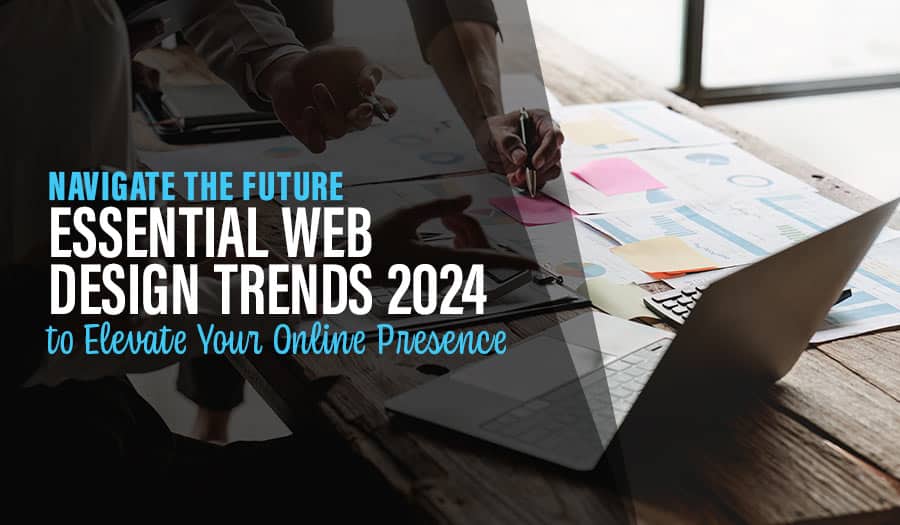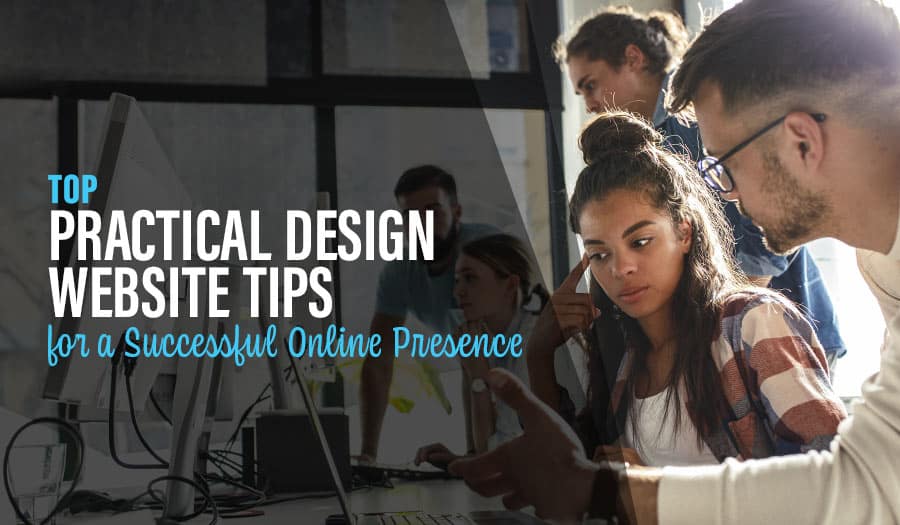The form of a website is what confronts you first. You go to the website, you see the images they’ve used on their homepage, you get a feel for the layout and you have a reaction. This reaction might be good or bad.
You might be blown away by the images on the homepage and the elegant way in which the content has been placed with relation to the image. On the other hand, you might think, “too skeletal” or “too skewed” if the website doesn’t seem to have enough meat or if all the images are on one side and the writing on the other.
You can’t help being swayed by your first impression of a website. This is a lot like being swayed by the way a person looks. As we all know, appearances are important. And people who take care to present themselves in a good way always make a better impression than those who don’t.
This doesn’t mean that you have to sacrifice the function of your website in favour of its form. It just means that you have to find the perfect balance between form and function.
Website Design Form vs Function: Finding the Perfect Balance
Here are a few things to consider for your Website Design:
Website Design Form
- Look/Feel:
The way your website looks at first glance is going to be important in determining how many people stay on it and how many people leave. It may also determine the type of people who stay and the type of people who leave. So make sure that the look/feel of your website is striking to begin with, yet reassuring to the customer. People like to be able to relate to the images they see. At the same time, an element of surprise can also work in your favour and draw the eye towards it. - Tone of Voice:
It’s very important to avoid jargon. It’s surprising how many websites feel that they sound more professional just because they use bigger works and convoluted phrases. Good writing is writing that’s meant to be understood. You don’t necessarily have to use slang but try to talk in a way that your readers will grasp easily. - Impression:
A website’s impression is slightly different from how it looks or feels. A website might be visually stunning but it might create a bad impression if the images are irrelevant to the subject matter. Or it might not be visually stunning but it might still create a good impression because of its organisation. - Ease of Use and Navigation:
We’ve all been to websites that made a great first impression only to let us down as soon as we tried to click on one of the links and were led to something completely irrelevant. Or sometimes, the tabs aren’t correctly named. In an effort to be more creative, you might use different words to mean “about us,” “home,” “blog,” “contact us,” etc. This can get confusing to a viewer who is looking for these tabs.
Website Design Function
- Content:
First, a person looks at a website and is either favourably or unfavourably impressed. After the first impression has been made, they start reading the content of the website. At this point, the one thing they’re looking for more than anything else is information. Knowledge is power. So everyone’s trying to get a piece of it. Once you know how to do something, it’s just a question of putting that knowledge into action. So the website needs to provide as much information about the product, service, company and field as possible. - SEO:
A website isn’t going to be that much use if no one comes to see it. It’s like writing a novel and putting it in a drawer where no one will read it. In order to avoid this, you can use the basics of SEO to make sure that your website gets a good search engine ranking. Using keywords moderately, varying keywords, breaking up your writing into subheadings and providing as much information as possible in a concise way will all make sure that your website gets the amount of notice it deserves.
Contact us for more great tips on balancing Website Design Form vs Function.
Further reading:
Why we use WordPress
8 WordPress Myths Busted: Debunking WordPress Myths
Read More
How to Choose the right Content Marketing Agency for your business
10 Tips for Creating Landing Pages
5 Tips to Online Marketing to Millennials
10 Questions to Ask a Digital Marketing Agency
7 Reasons Why Your Business Should Engage a Digital Marketing Agency
How to Use Influencer Marketing in the Digital Marketing
How to Create a Landing Page for Your Small Business: A Comprehensive Guide



